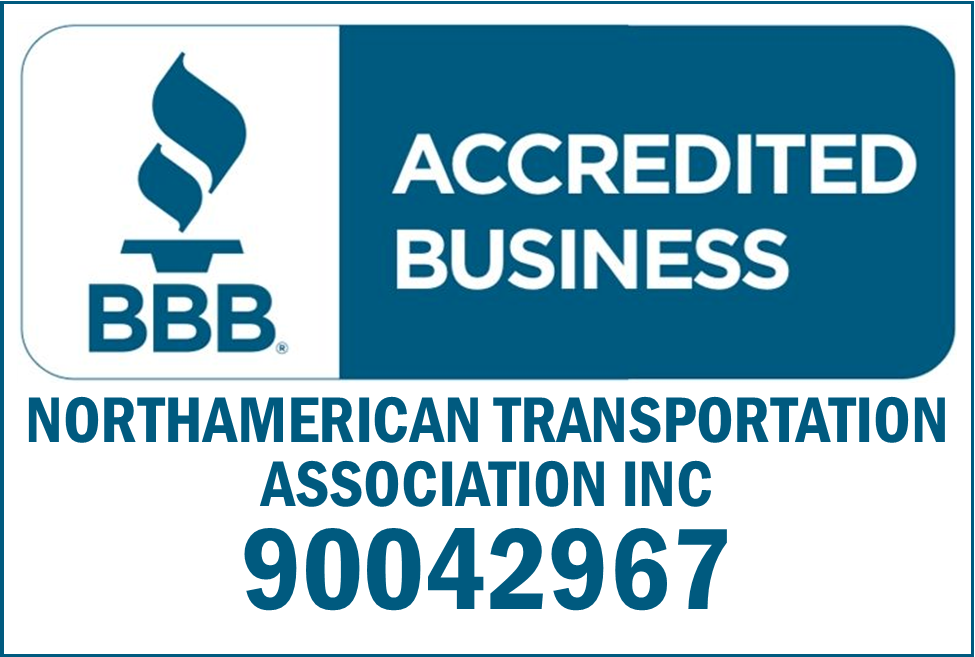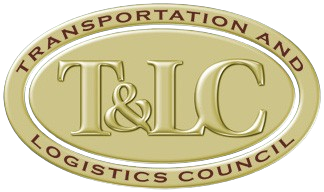Hours-of-Service Final Rule Adds Flexibility to Truck Drivers' Workdays
The Federal Motor Carrier Safety Administration on May 14 published a long-awaited final rule updating hours of service rules for commercial motor vehicle drivers that offer the industry more flexibility.
The final rule, two years in the making, adopts four of the five provisions put forth in last year's proposal.
First adopted in 1937, FMCSA’s hours of service rules specify the permitted operating hours of commercial drivers. In 2018, FMCSA authored an Advanced Notice of Proposed Rulemaking to receive public comment on portions of the HOS rules to alleviate unnecessary burdens placed on drivers while maintaining safety on our nation’s highways and roads. In August 2019, the agency published a detailed proposed rule.
FMCSA waded through some 8,000 comments, as well as the feedback from multiple listening sessions held around the country, noted FMCSA Acting Administrator Jim Mullen.
In making the announcement, Mullen and Transportation Secretary Elaine Chao both cited the extraordinary role truck drivers have played during the last few months of the COVID-19 pandemic, with the secretary calling truckers “truly American heroes."
FMCSA’s final rule on hours of service makes four key revisions to the existing HOS rules:
1. The 30-minute break rule, which requires a break after no more than eight hours of consecutive driving, can now be satisfied by the on-duty/not driving status, rather than off-duty status. That means a driver’s “break” could be satisfied by stopping to fuel the truck, for instance. This change accounts for the majority of the $274 million the agency estimates the rule will save each year for the U.S. economy.
2. The sleeper berth rules will now allow drivers to split their required 10 hours off duty into two periods: an 8/2 split, or a 7/3 split — with neither period counting against the driver’s 14-hour driving window.
When asked why the split sleeper berth did not extend to the type of even split that was allowed under older HOS rules, Mullen said, "the research studies on sleep as of this time we didn’t feel were fully supportive of going any further than 7 and 3."
Truckload Carriers Association President John Lyboldt thanked the agency for the additional sleeper berth flexibility. "While TCA and our members advocate for full flexibility in the sleeper berth for our drivers, FMCSA’s new regulations demonstrate that we are one step closer to achieving that goal.”
3. The new rule changes the adverse driving conditions exception by extending by two hours the maximum window during which driving is permitted. The current rule allows for an extra two hours of driving time, but it still had to be within the maximum 14-hour workday. The new rule allows the workday to be extended to as much as 16 hours in the case of adverse conditions such as extreme weather or congestion.
4. The agency will change the short-haul exception available to certain commercial drivers by lengthening the drivers’ maximum on-duty period from 12 to 14 hours and extending the distance limit within which the driver may operate from 100 air miles to 150 air miles.
Agency officials emphasized that the rule changes do not increase driving time and will continue to prevent CMV operators from driving for more than eight consecutive hours without at least a 30-minute break.
One change that was included in last August’s proposed rule that did not make the final cut was allowing an off-duty break of at least 30 minutes, but not more than three hours, that would pause a truck driver’s 14-hour on-duty window, provided the driver takes 10 consecutive hours off-duty at the end of the work shift. This would allow, for instance, drivers to take up to a three-hour break to wait out rush hour, without it affecting their maximum on-duty time.
When asked why this provision was omitted from the final rule, Mullen said that based on comments received, “the split sleeper berth provides essentially the equivalent, if not more flexibility, in that regard.” So if a driver wanted to take up to a three-hour break to wait out rush hour, for instance, he or she could take that as split sleeper berth time.
“No rule will satisfy everyone, even within our industry, but this one – crafted with a tremendous amount of input and data – is a good example of how by working with stakeholders on all sides, government can craft a rule that simultaneously benefits the industry, specifically drivers, and maintains highway safety,” said American Trucking Associations Chairman Randy Guillot, president of Triple G Express Inc., New Orleans, in a statement. “The agency should be commended for their efforts and we appreciate their willingness to listen throughout this process.”
The new hours of service rule will have an implementation date of 120 days after publication in the Federal Register. The final rule is expected to be published in the Federal Register next week.
The complete final hours of service rule is available at FMCSA’s website.
Content Disclaimer: Due to the constantly changing nature of government regulations, it is impossible to guarantee the total and absolute accuracy of the material contained herein or presented. NorthAmerican Transportation Association (NTA) cannot and does not assume any responsibility for omissions, errors, misprinting or ambiguity contained. NTA shall not be held liable in any degree for any loss, damage or injury caused by any such omission, error, misprinting or ambiguity present. It is made available with the understanding that NTA is not engaged in rendering legal, accounting or other professional service. If legal advice or other expert service is required, the services of such a professional should be sought.











